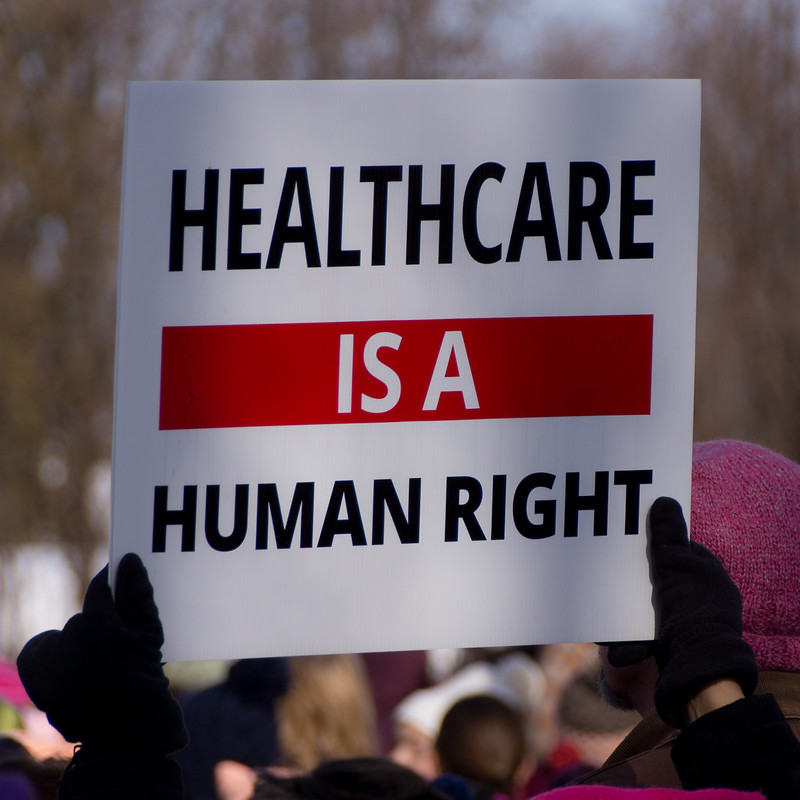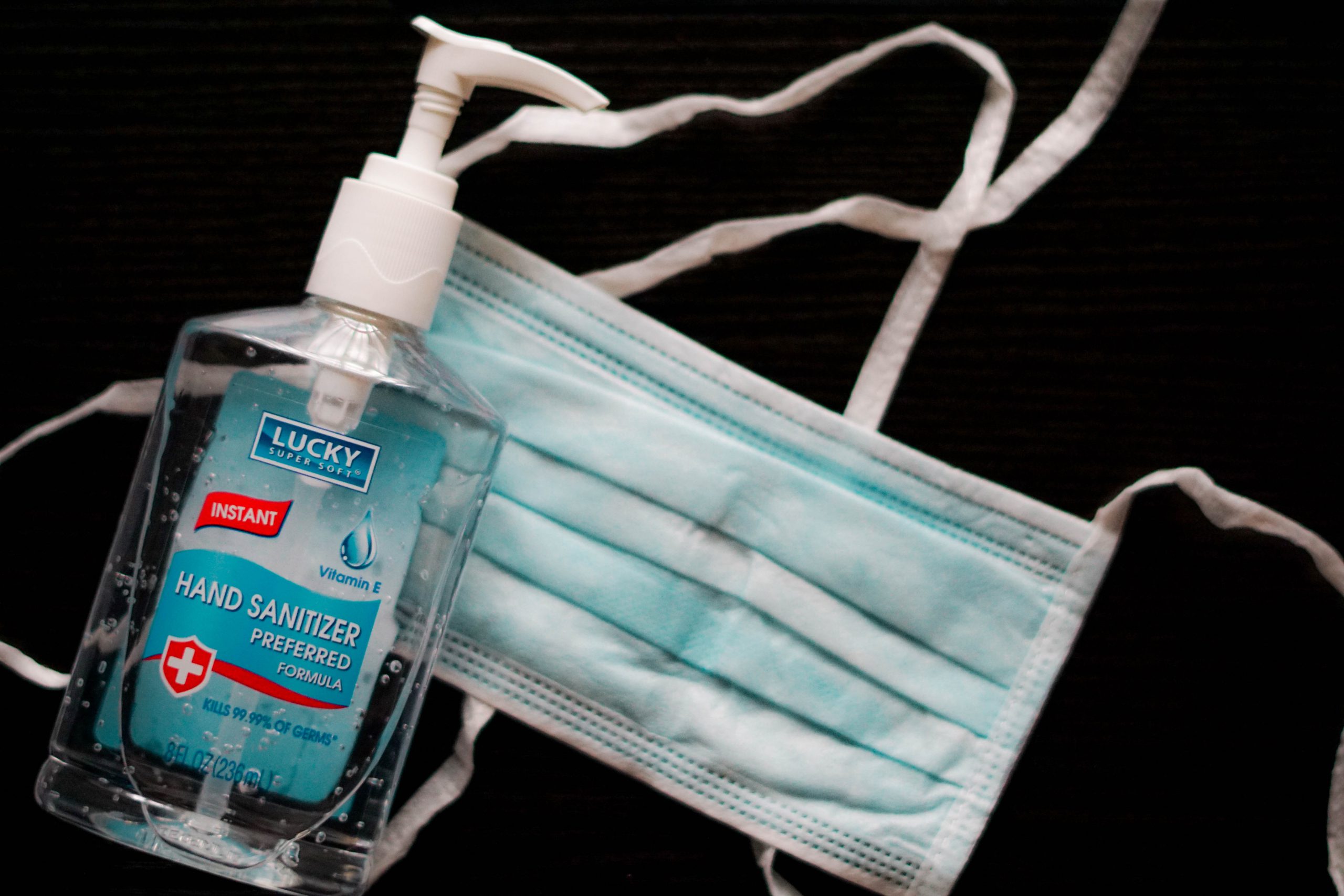Last Updated on January 4, 2022
The ongoing coronavirus pandemic has affected nearly every aspect of our lives. While the economy has been a frequent topic of fallout throughout the ongoing pandemic in the United States, the reality for lives of workers who have lost their jobs due to the pandemic is often overlooked or erroneously blamed on an unwillingness to work.
Roughly 9.6 million American workers lost their jobs in the first year of the COVID-19 pandemic, increasing the unemployment rate from 3.8% in 2019 to 8.6% in 2020. Not only did 23% of those who lost their jobs due to the pandemic not have employer-provided health insurance prior to being laid off, as many as 56% of those who remain unemployed lost their health insurance along with their jobs. Of those still unemployed:
- 81% remain uninsured;
- 58% are no longer receiving routine care;
- 56% are no longer taking prescribed medications;
- 46% have delayed planned medical procedures;
- 44% are not seeking treatment for chronic conditions; and
- 41% have stopped receiving mental health treatment.
Most Americans could be easily overwhelmed by medical expenses. Only 39% of Americans can afford an unexpected $1,000 bill. Nearly 84% of uninsured Americans could be financially devastated in the event of a medical emergency. More than a third of adults in the U.S. have growing medical debt — even with health insurance.
Even while COVID-19 is still a leading cause of death in the United States (most of it preventable), nearly all insurance companies have stopped waiving cost-sharing for hospitalizations. Patients covered by these insurers are now at risk for substantial financial burden from COVID-19 hospitalizations or the long-lasting effects of coronavirus infection in the midst of a worldwide healthcare crisis. For the millions of new and existing uninsured and underinsured Americans, there are no guarantees for covering costs averaging over $20,000.
The COVID-19 pandemic has exposed how the United States fails to protect many working people. “Essential” workers — often not unionized, low-income, and disproportionately women or people of color — have been forced to work without appropriate protective gear, little to no access to paid sick leave, and can face retaliation or firing for speaking out about health and safety concerns. The lifting of the federal eviction moratorium has put as many as 35 million Americans at risk of losing their housing — especially those who lost their jobs due to the pandemic.
For the 15 million Americans who lost employer-offered health insurance (including millions of dependents and children), there are options for getting coverage for yourself and your family.
- Medicaid – More than 60% of people who lose job-based coverage during the pandemic may be eligible for public health insurance coverage.
- Private health insurance – Open enrollment through the ACA marketplaces is still going on in some states. Subsidies and special enrollment periods have been made easier to access by some Biden administration changes.
- Insurance through family – Some may be able to get coverage through your spouse’s or family’s insurance plan. If you lost your job and health insurance, that qualifying life event might allow your partner to add you to their health insurance. If you’re looking to enroll in your parent’s insurance plan, you can receive coverage under it until you’re 26 years old.
- COBRA – An expensive option (especially for those without income) to remain on employer-offered insurance, but with an additional 2% fee and without the employer subsidising the cost.
- CHIP – Children (under 19 years old) who lose coverage due to a parent’s unemployment will be eligible for Children’s Health Insurance Program (CHIP).
The NeedyMeds website has a database of over 100 nationwide resources for those who have been impacted by COVID-19. We also have listings for over 18,000 free, low-cost, or sliding scale clinics for those concerned about the costs of healthcare. Search your ZIP code for clinics in your area to find free or low-cost medical attention. Remember to call first if you are seeking information about the availability of COVID-19 testing/vaccination. The free NeedyMeds Drug Discount Card can be used by anyone to help save money on their prescribed medication — even over-the-counter medicine if prescribed by a doctor. The card is available physically via mail, in a printable form, or as a smartphone app for Apple and Android devices. For more help finding information, call our toll-free helpline Monday-Friday 9am-5pm Eastern Time at 1-800-503-6897.




